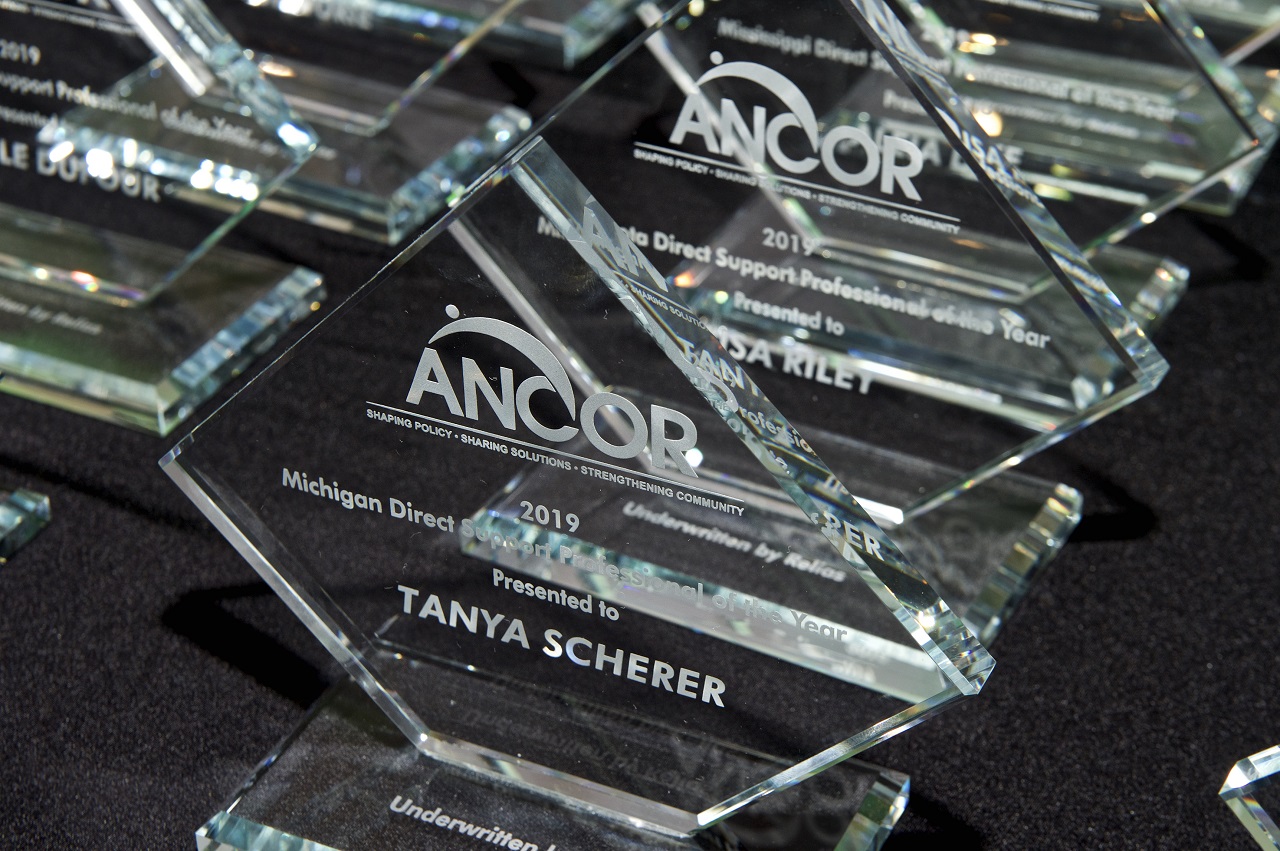Connections - 01.31.24
Getting Devices Into the Hands of Individuals With Disabilities

Share this page
Stay Informed on the Latest Research & Analysis from ANCOR
More News
Capitol Correspondence - 04.01.25
HHS Announces Sweeping Reorganization, Impacting Key Health Agencies and Services for People with Disabilities

Capitol Correspondence - 04.01.25



